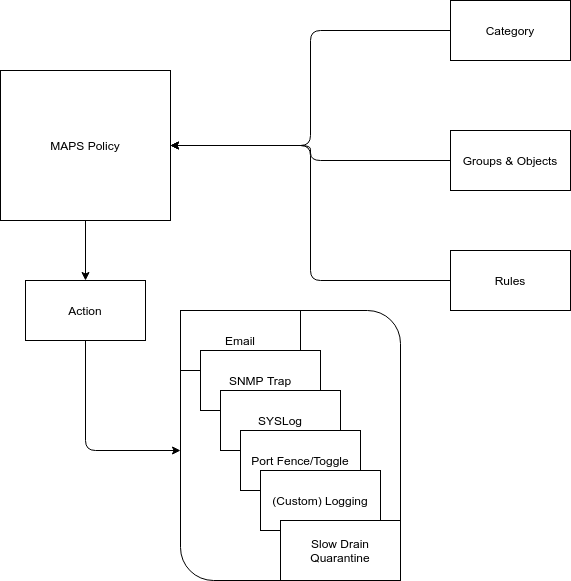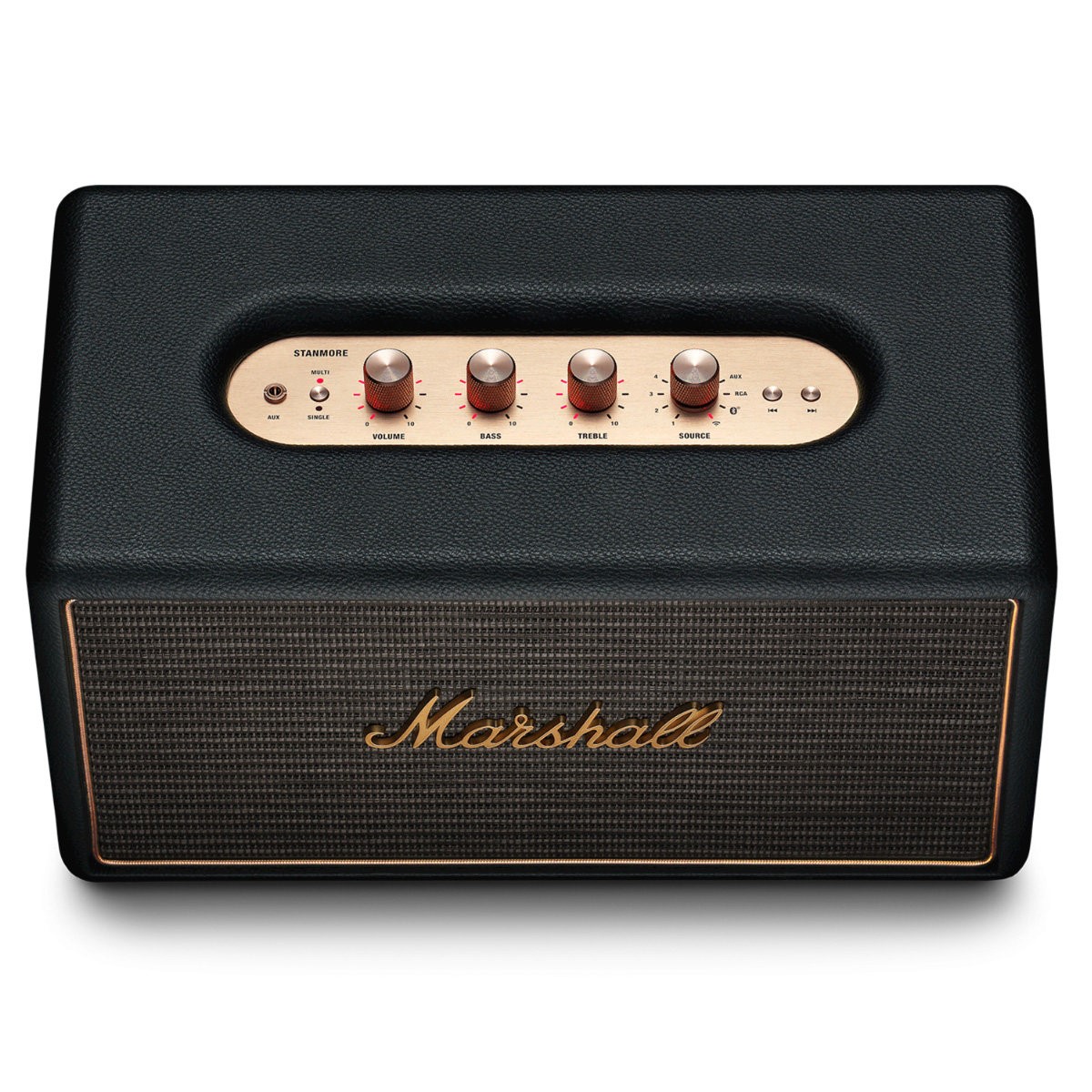Opening up the Australian news homepage I stumbled across this article
Since I like movies and watch them via my Australian FOXTel movie package my curiosity was triggered. It turns out the PopcornTime program is a collector of torrent links and combines the links found on torrent site into a easy to use interface. Contacting a movie database with collateral also provides the postersheets and some additional movie info.
Let me be perfectly clear. I pay for movies as I think the people who make them deserve a earning. I’m not talking about the massively overpaid actors, directors and producers but more about the rest of the folks who pop-up on the credit-roll at the end.
Seeing this app reminds me of the exact same situation the entire music industry was in 15 years ago. Apps like Napster, eMule, eDonkey and Kazaa did fulfil what the music industry did not see. The digitalisation of music allowed people to get songs on any computer or mp3 player they wanted but the problem was this: it was frigging impossible to obtain the music legally in digital format so people could take this with them on these devices. It took people like Steve Jobs to shake up that music industry and tell them to get their heads out of their ass and work with the IT folks to make this distribution platform happen so everyone could obtain all music in a very simple way on almost any device, globally and instantly without restrictions. The result: Welcome iTunes. The followup of the mp3 (or whatever format you like) distribution method is now streaming music. Options like RDIO, Spotify and more recently Apple Music plus others make it even simpler to listen to you favourite artist but now also make it possible to tap into a content pool of more then 20 million songs with a click of a button without having to download it first on your device or require you to have a 15 TB diskdrive to store your songs.
The amount of pirated music dropped with a staggering 98% and record companies as well as artists, although somewhat reluctant to Apple’s distribution slice of their revenue, agreed this was the new age.
A similar thing happened in the book-stores. Nobody wanted to carry around 20 kilo’s of paper on their holidays and thus companies like Adobe, Amazon and Barnes&Noble all quickly jumped on the e-reader bandwagon and the majority of books are now sold in epub or kindle format at a very attractive price.
Another example is the telco business. These companies also wanted to hold on to their hardware business where everyone could see the phone itself morphed into a small handheld computer of which the telco’s had no clue of. Only after releasing the bundling of consumer hardware with their core-business they could see the benefits.
Roll forward to 2015 and compare the movie to the music industry in the late 90’s, early 2000’s . The big Hollywood studios and production companies like Sony, Warner Brothers and more still stubbornly hold on to their distribution methods in cinema’s and tightly control the release dates in the different regions around the world. They first tried this with DVD region coding but as soon as these were hacked and bypassed by de-css they started screaming and spent billions of dollars on law suits which mostly led to a counter-culture of more piracy with even more advanced discovery and distribution methodologies and a huge fan-base of tools like Popcorn Time and a massive support for sites like The Pirate Bay. Integration with network based anonymizers like TOR and I2P made it even make more difficult, legally complex and extremely expensive for the studios to pay for investigations, law-suits and combat sites who link to copyrighted content. They won’t be able to hold this up despite the massive war-chest they have to try and do so. The internationalisation and legal differences in conjunction with different privacy laws make it next to impossible to combat piracy.
The internet has made distribution of movies fairly simple. Companies like Hulu, Netflix and now Amazon Prime make it possible to push content directly into your smart-tv with a click of a button. The problem is still this: why do people in Europe and Australia have to wait 6 months for new releases while paying the same or even more for their subscription. Why is it that content in the US can be provided in super-hd and Dolby surround sound and others have to do with mediocre content quality? Why do some releases get published in some countries and not others?
This is the reason why movie piracy is still alive. Consumers around the world now live in a global digitised world where artificial entertainment borders do not exist. It takes some plain common sense to see and acknowledge this.Trying to fight is via legal matters will only make it worse and at some stage you will see your profits being souped up by lawyers.
An entire sub-industry on piracy analytics has been erected and more money is being spent on trying to figure out how to combat piracy. Let me be clear: you can’t. There is a saying that is “If you can’t beat them, join them“. If you remove the incentive for piracy it will die by itself. The more money you spend on the battle ground the more inventive your counterparts will become. It will never be totally eradicated but you are able to let it go to go almost dormant.
I would like to call on all studio executives and production companies to finally acknowledge this and redirect your legal budget to more innovative solutions so nobody has any incentive to use tools like Popcorn Time and simply can sit in front of their Super-HD tv with Dolby surround sound and enjoy the same content as their fellow subscribers around the world.
You may argue that many cinema’s will need to close but isn’t that already the same now. People don’t want to pay $30 to just watch a movie, they want to pay that for the total experience. If I don’t want/require that experience but I have no other means of seeing it didn’t you just give me an incentive to download it illegally? If I would only need to pay for the movie itself to see on my home screen, wouldn’t you have made more money already?
And, as Steve Jobs use to say, “One more thing“. Make sure the same content is available on all platforms in the same way both quality and quantity wise. The method of distribution is simply a a follow-up procedure determined by the distribution market where price, application design, simplicity and some other factors will play their roll. Focus on creating great movies and let the distribution be done by the market. It worked for music, books and even the phone business. I’m 100% sure it will also work for you.
Regards
Erwin





